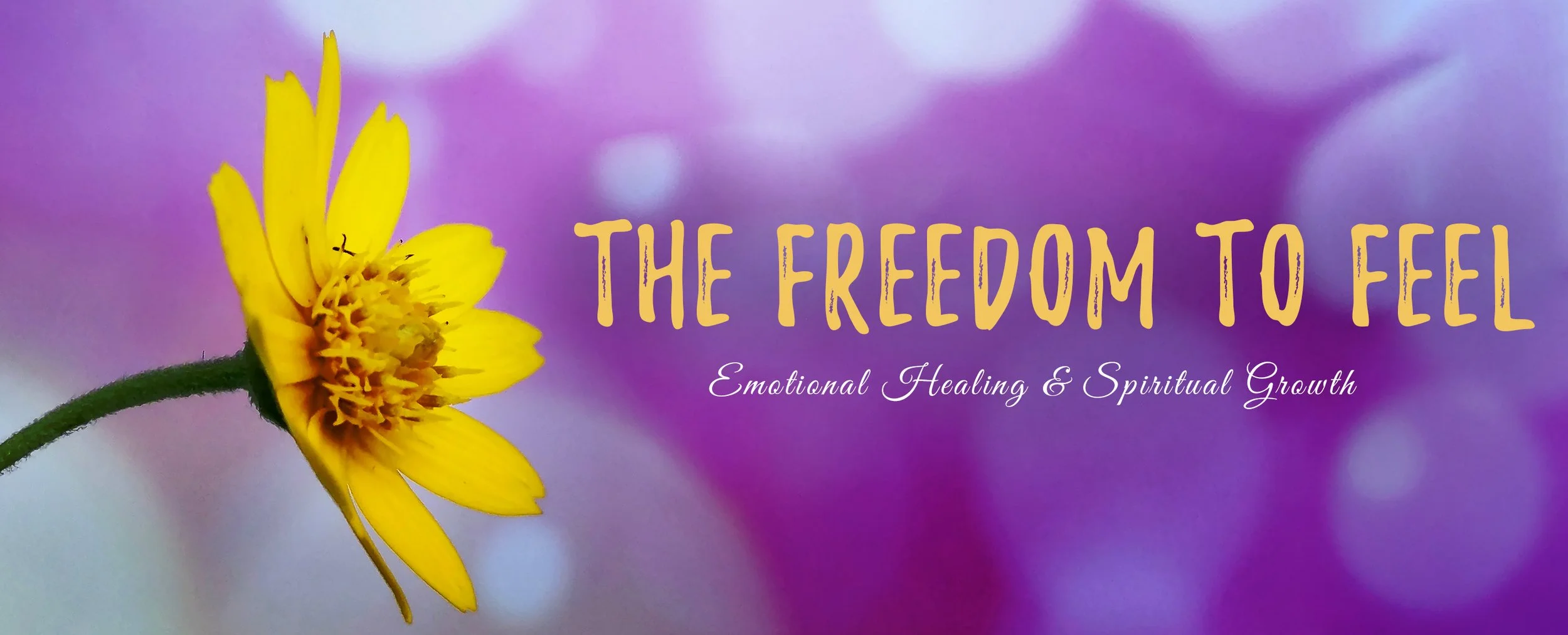If you're a regular consumer of social media, you've most likely seen this question pop up on your news feed: "What if you woke up tomorrow with only the things you were thankful for today". It makes us all stop and think, in the moment at least, and offer up a few sentiments to the universe before going on with our previously-scheduled programming of stress, worry, and negativity.
But what if you considered making gratitude part of your everyday life?
Gratitude is a positive emotion. While some define it as "the state of being grateful" or "expressing thanks", I like this definition best:
“Gratitude is a thankful appreciation for what an individual receives, whether tangible or intangible. With gratitude, people acknowledge the goodness in their lives. As a result, gratitude also helps people connect to something larger than themselves as individuals – whether to other people, nature, or a higher power." -- Harvard Medical School
However you elucidate it, feeling and expressing gratitude has a positive impact on both you and others. I challenge you to find an article or video describing the ill-effects of gratitude. There are many reasons why we'd want to develop a heart of gratitude, and here are just a few.
A Healthier Body
According to Robert Emmons, leading researcher on gratitude and its effects, those who practice gratitude in a consistent manner report a host of benefits including stronger immune systems, lower blood pressure, and are less bothered by aches and pains. (https://greatergood.berkeley.edu/article/item/why_gratitude_is_good). In an article published in the National Communication Association’s Review of Communication, Stephen M. Yoshimura and Kassandra Berzins explored the connection between the expression of gratitude and physical health. They found that gratitude consistently associates with many positive health states and reduced reports of negative physical symptoms. (https://www.natcom.org/press-room/expressing-gratitude-makes-us-healthier-who-wouldn%E2%80%99t-be-grateful)
“Gratitude can be an incredibly powerful and invigorating experience. There is growing evidence that being grateful may not only bring good feelings. It could lead to better health.” – Jeff Huffman
Peace of Mind
Gratitude can also benefit our mental health. Emmons conducted multiple studies linking gratitude and mental well-being. His findings were that gratitude can increase happiness and decrease depression. And a study published in 2014 in the Journal of Applied Sport Psychology found that athletes can increase their self-esteem, an important component of mental wellness, by expressing gratitude. (https://www.sciencedirect.com/science/article/pii/S0022440507000386)
"Results indicated that counting blessings was associated with enhanced self-reported gratitude, optimism, life satisfaction, and decreased negative affect." In a separate study, children who practiced grateful thinking showed signs of more positive attitudes toward their family and at school. (Froh, Sefick, & Emmons, 2008).
Sleep Tight
And how about that elusive but necessary thing called sleep? A study done in 2016 by the U.S. Centers for Disease Control and Prevention indicated that more than one third of Americans don't get enough sleep. (http://www.healthcommunities.com/sleep-disorders/overview-of-sleep-disorders.shtml) Struggling to doze off, waking in the middle of the night, tossing and turning, starting the day feeling exhausted-- sound familiar? Try gratefulness as a sleep aid. One study showed that those who were grateful fell asleep quickly and slept more soundly, supporting evidence that more grateful people may sleep better because they have more positive thoughts when they lay down to go to sleep. Gratitude predicted greater subjective sleep quality and sleep duration, and less sleep latency and daytime dysfunction." (https://www.jpsychores.com/article/S0022-3999(08)00422-4/fulltext)
Make new friends
Gratitude can help with creating new relationships. A study led by UNSW psychologist Dr Lisa Williams and Dr Monica Bartlett of Gonzaga University showed that the practice of thanking a new acquaintance for their help makes them more likely to seek an ongoing social relationship with you. "Our findings represent the first known evidence that expression of gratitude facilitates the initiation of new relationships among previously unacquainted people," says Dr. Williams.
But how?
Gratitude acts as a strengthener of our positive emotions, like exercise is for muscles. This practice of appreciation eliminates feelings of envy and angst as it allows our memories to be happier. Through gratitude, we experience positive feelings, which in turn help us thrive after disappointments and failures. It shifts our attention away from toxic emotions and makes it harder to ruminate on negative events. In a study done by Joel Wong and Joshua Brown in 2007, involving 300 subjects who were seeking mental health counseling, they found that when people are more grateful, they experienced brain activity which is distinct from neurological activity related to a negative emotion such as guilt. In addition, they exhibited a greater neural sensitivity in the medial prefrontal cortex, the part of the brain associated with learning and decision making. (https://greatergood.berkeley.edu/article/item/how_gratitude_changes_you_and_your_brain)
Now what?
Though we may understand the many benefits of expressing gratitude, incorporating it into our day-to-day lives can be tricky. Life's pressures bear down on us and staying thankful often doesn't come naturally...negativity does. But with a little effort, it is possible to maintain an attitude of gratitude. Here are some ideas to try:
1-Eat thankfulness for breakfast. Literally, don't allow yourself to get out of bed until you've said, out loud, at least 5 things you are thankful for, whether great or small. Pause after each and soak in the warm, positive feelings that are associated with each. It's a healthy and optimistic way to start each day.
"Wake at dawn with a winged heart and give thanks for another day of loving." — Kahlil Gibran
2-Fill a thankful jar. Find a colorful jar at a local thrift shop and set it somewhere you can see it throughout the day. On a scrap of paper, jot down anything and everything that happens each day that makes a positive impact on you: a kind word from a colleague, a surprise gift from a loved one, the beautiful sunrise on your way to the office, the aroma from your pumpkin spice latte. Wad these up and throw them in your jar, then, at the end of the year, spend an evening reading through each special moment. You'll feel like the richest person in the world.
3-Say it. Get in the habit of saying "thank you", to everyone you interact with...the barista, the security guard, your coworkers -- even those you don't get along with. And don't forget to thank yourself -- self-love is an important part of maintaining a positive outlook -- and taking time to appreciate your own accomplishments, achievements, and successes can help with that. "I appreciate you" is a great ending to almost any email or text!
4-Let gratitude tuck you in at night. Before going to bed, try opting out of scrolling through what everyone else in the world is doing, and instead, journal about a positive event from today It may be as small as, "I got out of the house without spilling my coffee", or as grandiose as realizing a long-term goal -- but no matter the significance, get in the habit of writing the positives down.
"Gratitude is the fairest blossom which springs from the soul."– Henry Ward Beecher
And who knows, your own attitude of gratitude may be just the encouragement someone else needs. Don't be surprised if, as you grow in expressing gratitude, that others will want a piece of the pie. Joy is contagious and when others seeing you living a life of physical health, mental health, sleeping deeply and enjoying healthy relationships -- to name a few -- they will want to learn your secret. If not for yourself, consider developing a heart of gratitude to be a light to others.
“At times, our own light goes out and is rekindled by a spark from another person. Each of us has cause to think with deep gratitude of those who have lighted the flame within us.” – Albert Schweitzer






